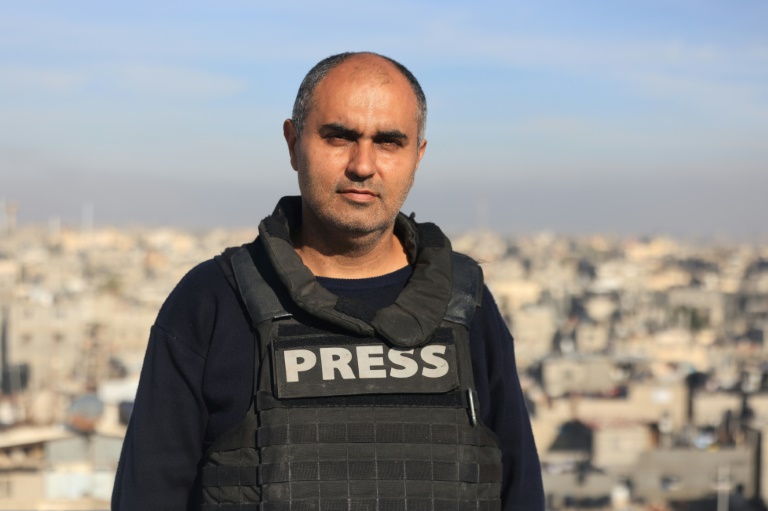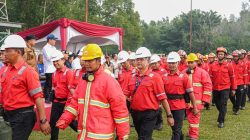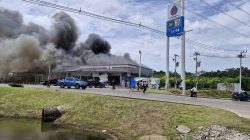The Struggle of a Journalist in War-Torn Gaza
In the war-ravaged Gaza Strip, where fuel prices are extremely high and road travel is dangerous, video journalist Youssef Hassouna faces daily challenges that test his endurance. He often walks for hours under the scorching sun to document the news, covering stories that highlight the ongoing conflict.
“I walk 14 to 15 kilometers every day to reach the news sites,” he shared. “This morning, I walked about a 25-kilometer round trip in search of information.”
More than 21 months of continuous conflict between Israel and Hamas have led to widespread displacement, severe shortages of food and other essentials, and significant destruction across the territory. Hassouna, who is 48 years old, described his daily journeys as extremely difficult, even affecting his footwear.
“I used to change my shoes every six months,” he said. “Today, I wear out a pair every month.”
His work involves capturing the chaos of aid distribution and the aftermath of air strikes. However, the extreme scarcity of food, clean water, and medical care complicates his efforts to report on the devastating conflict.
According to the health ministry in the Hamas-run territory, Israel’s military campaign has resulted in the deaths of 59,106 Palestinians, mostly civilians. More than 100 aid organizations and human rights groups have warned that “mass starvation” is spreading among the over two million people in Gaza after Israel imposed a more than two-month aid blockade, which only eased slightly in late May.
Hassouna, based in Gaza City, finds it challenging to access enough food for himself and his family, including a sick sister who lives with him. After enduring almost two years of conflict, his once full face appears thin, and his eyes seem sunken.
“My weight used to be around 110 kilograms, today it is between 65 and 70 kilograms,” he said.
The Escalating Hunger Crisis
The deepening hunger crisis in Gaza has caused the prices of available food to soar, making daily essentials unaffordable for many. Hassouna explained that obtaining food in Gaza is extremely difficult, and even when it is available, prices have increased dramatically.
“Obtaining food in Gaza is extremely difficult. Even when it is available, prices are multiplied by 100,” he said. For instance, a kilogram of lentils that once cost three shekels would now set him back 80 shekels. The price of rice has gone up 20 times.
Access to water is equally challenging, whether it is fresh or salt water. Hassouna mentioned that children often queue for several hours to collect it.
Challenges with the Local Population
Hassouna’s work documenting the conflict sometimes leads to tension with Palestinians in Gaza, who fear Israeli reprisals against journalists. Some support him, while others discourage him from reporting.
“Some like journalists, others do not,” he said. “Those who support us come to talk to me, ‘Tell us what’s happening, when will this war end? Make our voice heard abroad, tell the whole world that we don’t want war.’ Others say the opposite, ‘Don’t come near, don’t join us. Journalists are targeted by Israeli bombings.'”
According to media watchdog Reporters Without Borders (RSF), more than 200 journalists have been killed in Gaza since Hamas’s October 2023 attack sparked the war. That attack resulted in the deaths of 1,219 people, most of them civilians, according to an official tally.
A Message of Peace
Despite the hardships, Hassouna wishes for peace for future generations. He wants to send a message of peace, emphasizing that both Palestinian and Israeli children should not experience the same conflict.
“Since our childhood, we have lived in war, and we do not want our children — or even (Israeli) children — to experience this,” he said. “We all want a life without conflict.”







